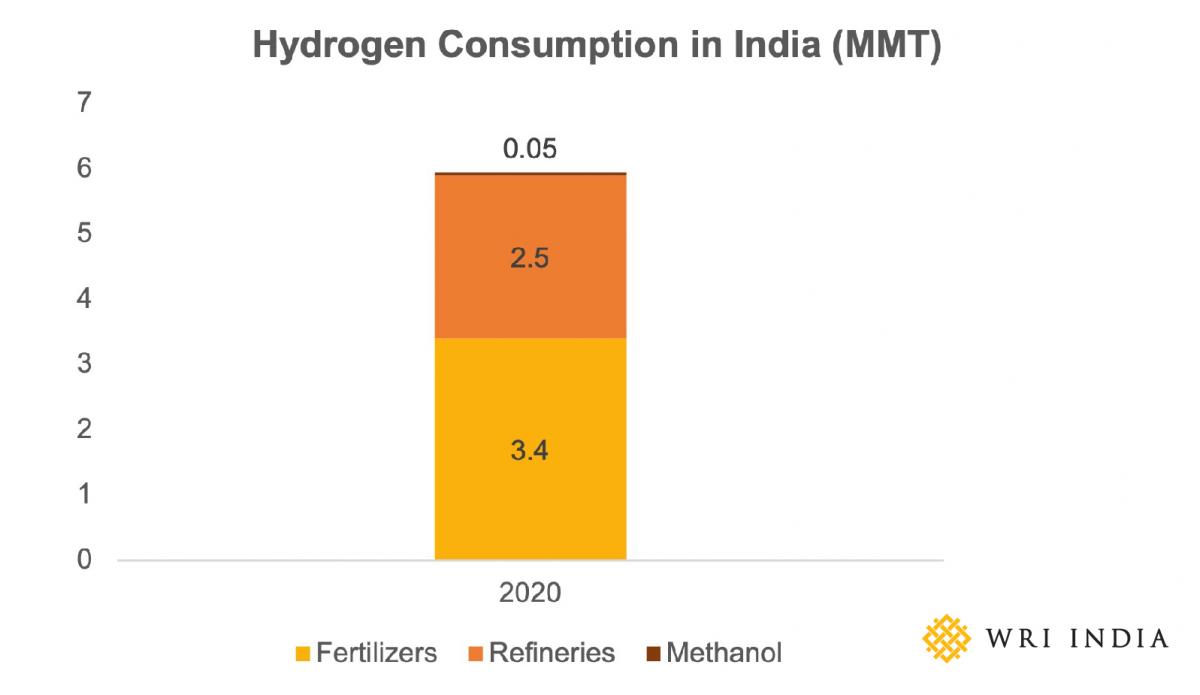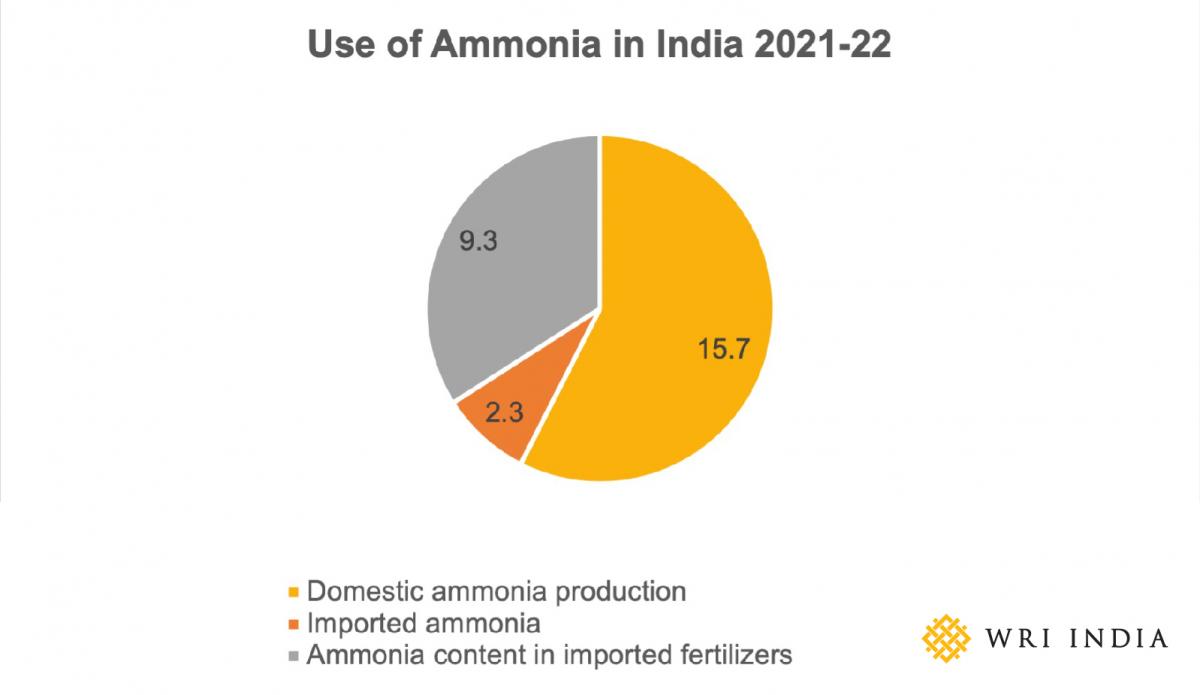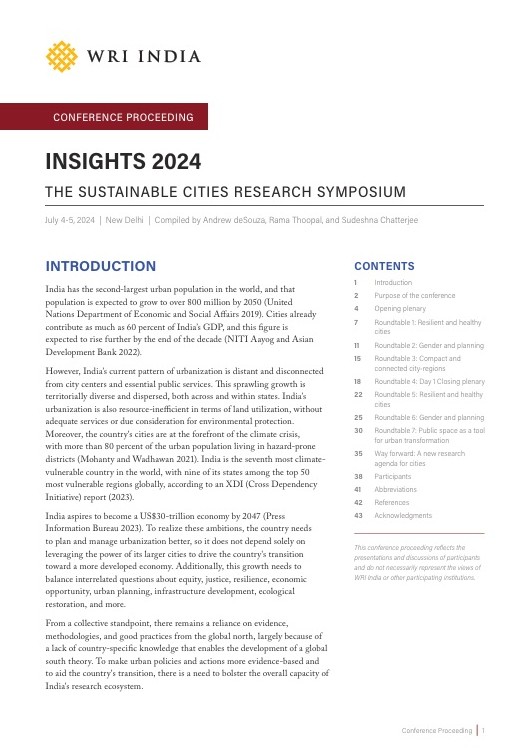Hydrogen Application in Indian Fertilizer Industry: An Introduction
by e -
This is the first in the series of three blogs that provide an outlook on the Indian fertilizer industry. This blog highlights the growing consumption of fertilizers through the years and their role in achieving food security. Read the second and third blog of the series.
India is an agrarian economy with a need to ensure availability of fertilizers for productive farming operations and food production. It is also the world’s second largest consumer and third largest manufacturer of fertilizers. Fertilizer production in India has witnessed a surge over the years, from having an annual production of 22.23 MMT (million metric ton) in 1990-91, it has grown to 43.66 MMT in 2021-22.
Fertilizers are used to improve and supplement the demand for nutrients in the topsoil essential for plant growth. These nutrients are primarily nitrogen (N), phosphorus (P) and potassium (K). Urea with a production of 24.6MMT in 2021-22, is the largest produced fertilizer, followed by diammonium phosphate (DAP) at 3.77MMT and 9.32MMT of complex fertilizers which include ammonium nitrate, ammonium phosphate, nitro-phosphate-potash and muriate of potash (MOP).
The production of fertilizers requires various raw materials as feedstock, including natural gas and coal. In addition intermediates like ammonia, sulphuric acid and phosphoric acid are also needed. Nitrate fertilizers have a 75.27% share in total fertilizer production due to nitrogen being a critical nutrient for plant growth. These nitrate fertilizers require ammonia for the production process. Ammonia uses hydrogen derived from fossil fuels (through steam methane reforming (SMR)) and nitrogen gas for its synthesis. India’s hydrogen demand in 2020 (produced primarily using SMR process) is roughly 6 MMT per annum dominated primarily by refineries and fertilizers as seen in figure 1.

India's limited domestic natural gas availability can only meet part of the demand for fertilizer manufacturing. This means that the remaining raw material and intermediates for fertilizer production are imported. According to the Ministry of Commerce and Industry, the import of natural gas and ammonia in the year 2021-22 has seen a sharp rise with value worth INR 58,328.94 crore for natural gas and INR 11,776.40 crore for ammonia, part of which is being utilized in fertilizer manufacturing. The demand for ammonia in the same year (Figure 2) included domestic production of 15.7 MMT, followed by import of 2.3 MMT and the indirect ammonia import of 9.3 MMT. In addition to importing feedstock, in the same year 9.83 MMT and 4.88 MMT of urea and DAP were also imported.

Urea being a highly regulated commodity, has its retail price fixed by the government at INR 268 for a 50kg bag, compared to the production cost of natural gas INR 1500-2000. Urea’s price has been fixed for many years now and the amount of subsidy keeps varying primarily due to the volatile nature of natural gas pricing. In Union Budget 2021-22, INR 75,930.32 crore was allocated for urea subsidy and another INR 64,192 crore to other nutrient-based fertilizers. In 2017-18, 30.3 MMT urea was consumed in contrast to the domestic production of 24 MMT. Fertilizers imported to fulfil the elevated demand also increase subsidy burden on the government.
The government plans to add new urea plants with a total capacity of 6.35 MMT per annum by 2023-24, which will further increase the demand for feedstock material including natural gas and ammonia. There is a need to transition toward domestic feedstocks to ensure self-sufficiency and to keep up with the demand for fertilizers in the country. Green hydrogen can help bridge this gap between demand and supply for feedstock requirements. Bulk manufacturing industries like fertilizer, steel, and chemicals which consume feedstocks like hydrogen and ammonia cannot be decarbonized with renewable electricity alone, green hydrogen could be a potential pathway to achieve this goal. India with its vast and low-cost renewable energy resources, has the potential to support low-cost electrolytic green hydrogen production at scale.
The import dependency for a critical industry like fertilizers also highlights a need to transition toward green hydrogen. This will help insulate the country’s exposure to volatility in global fertilizer and natural gas prices. The upcoming national hydrogen mission also envisages green hydrogen consumption mandates for the fertilizer sector, which can accelerate the adoption of this green feedstock for manufacturing ammoniacal fertilizers.
Green hydrogen for ammonia synthesis in fertilizer manufacturing can support the net-zero vision for India by 2070. It can enable the transition of the fertilizer industry from fossil fuels and wean away dependence on imported natural gas and ammonia. This transition will require significant investment for various infrastructural additions for adoption of green hydrogen in the fertilizer industry.
This is first in a three part blog series that explores the adoption of green hydrogen in the manufacturing of ammoniacal fertilizers.
Views are personal.


